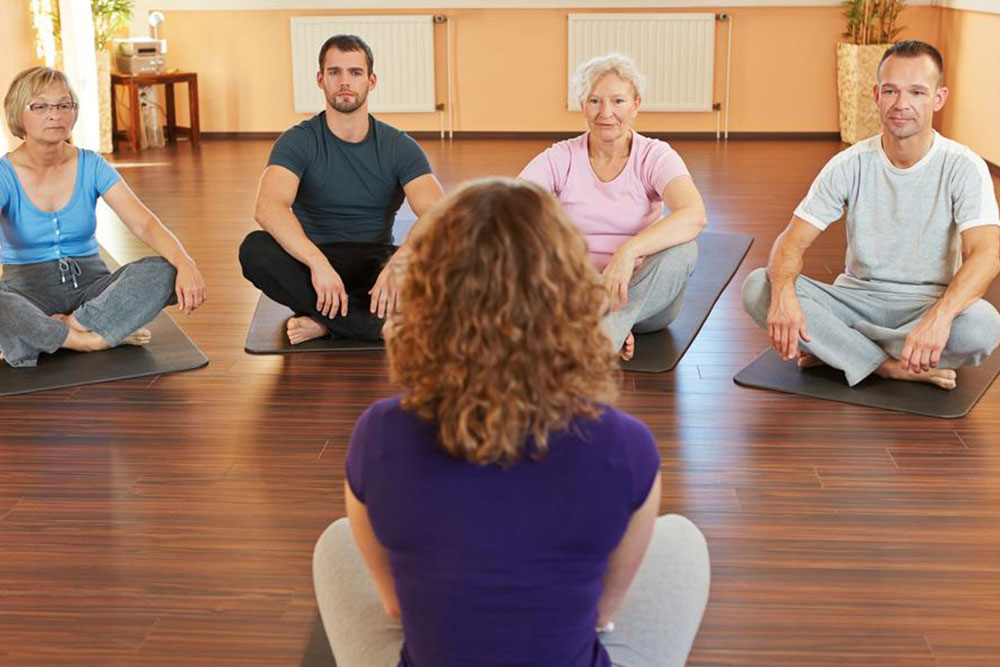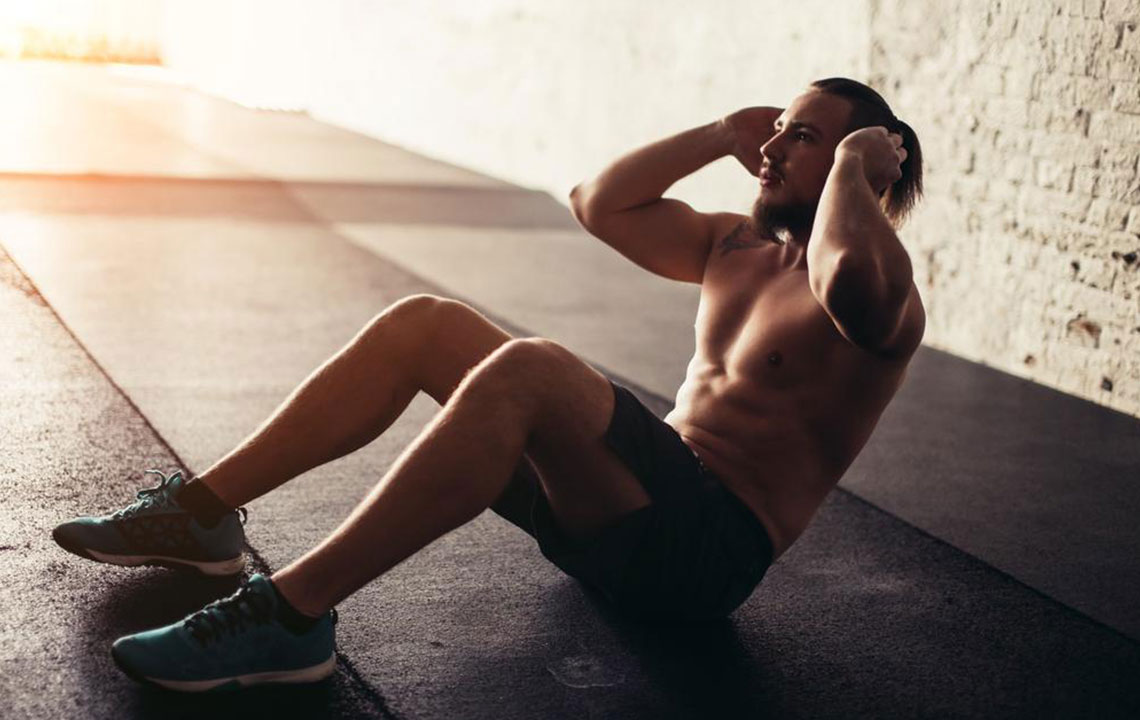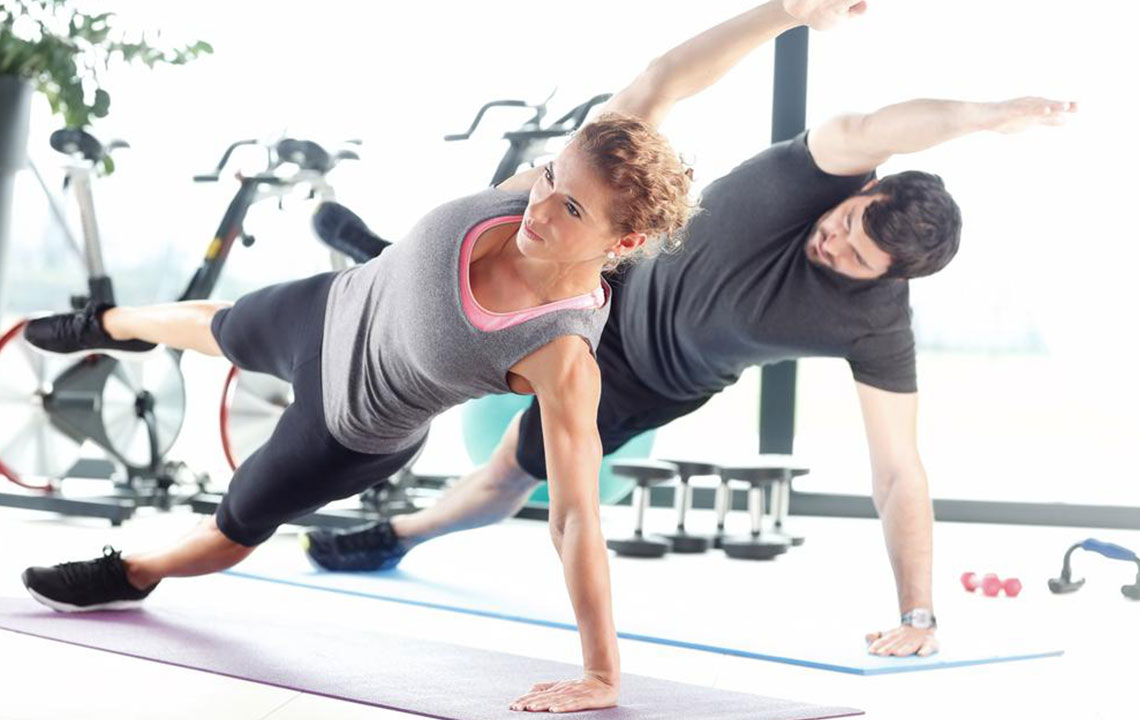Safe and Effective Exercise Guidelines for Seniors: Embracing Low-Impact Workouts
This comprehensive guide explores gentle, low-impact exercises suitable for seniors. It highlights effective workouts like walking, swimming, stretching, water aerobics, and yoga, emphasizing safety, benefits, and practical tips. Regular engagement in these activities can improve balance, flexibility, strength, and overall health, supporting seniors in maintaining independence and vitality. Always consult healthcare providers before starting new routines to ensure personalized, safe exercise plans tailored to individual health needs.

Safe and Effective Exercise Guidelines for Seniors: Embracing Low-Impact Workouts
Maintaining an active lifestyle is crucial for older adults to promote health, enhance mobility, and improve overall quality of life. As the body ages, joints become more susceptible to pain and stiffness, making high-impact exercises less suitable. Fortunately, there are numerous gentle, low-impact workouts designed expressly for seniors that can deliver significant health benefits while minimizing strain and injury risk. These exercises not only help in maintaining muscle strength and cardiovascular health but also support joint flexibility and balance, which are vital for fall prevention and independence.
Choosing the right physical activity can make a profound difference in senior health. Here, we will explore various low-impact workout options suitable for older adults—such as yoga, tai chi, walking, swimming, and water aerobics—highlighting their benefits, tips for safe practice, and how to incorporate them into daily routines. Additionally, we’ll emphasize the importance of consulting healthcare professionals before starting any new exercise program to ensure safety, especially for those managing chronic conditions or physical limitations.
For a safe and comfortable workout experience, seniors should select appropriate footwear that provides proper support and cushioning. Maintaining proper posture—keeping your back straight and shoulders relaxed—during activities is essential to prevent strain and injury. Starting slowly with shorter durations and gradually increasing the intensity and length of exercise sessions can help build stamina effectively without overexerting. Consistency is key; regular physical activity is more beneficial than sporadic, intense sessions.
Walking
Walking remains one of the simplest yet most effective low-impact exercises for seniors. It requires no special equipment other than comfortable footwear, making it accessible and easy to integrate into daily routines. Regular walking improves cardiovascular health, enhances stamina, boosts mood, and supports weight management. To maximize safety and comfort, seniors should walk on even surfaces, wear supportive shoes, and stay hydrated. For added safety, consider walking with a friend or in a supervised environment such as a community center or park.
Swimming
As a joint-friendly exercise, swimming offers numerous benefits for older adults. The buoyancy of water reduces the impact on joints and bones, making it ideal for those with arthritis or osteoporosis. Swimming enhances overall endurance, flexibility, and muscle tone. It is a full-body workout that promotes cardiovascular health and relieves stress. Many seniors find swimming enjoyable and relaxing, contributing to ongoing participation. To stay safe, always swim in monitored pools and avoid overheating during exercise sessions.
Stretching
Stretching exercises are fundamental to any senior fitness routine, improving joint range of motion, reducing stiffness, and preventing injuries. Gentle stretching routines should focus on all major muscle groups, performed slowly and with deep breathing to relax muscles further and enhance flexibility. Maintaining consistent stretching habits can alleviate common age-related issues such as back pain and arthritis discomfort. Always listen to your body, avoid pushing into pain, and consult a healthcare professional if unsure about appropriate stretches.
Water Aerobics
Water aerobics combines the benefits of cardiovascular activity and strength training while minimizing joint stress. These classes are typically held in shallow water, making them accessible even for those with limited mobility. The water’s resistance challenges muscles, helping to tone and strengthen without impact. Water aerobics also improves balance and coordination, reducing fall risk. Participating in group classes can provide motivation and social interaction, boosting emotional well-being. Remember to stay hydrated and listen to your body during workouts.
Yoga
While some seniors may worry that yoga involves complex poses, many classes tailor routines specifically for beginners or older adults. Gentle yoga focuses on stretching, breathing, and gentle postures that improve flexibility, balance, and mental relaxation. Guided by certified instructors, seniors can safely adapt poses to accommodate their physical capabilities. Regular yoga practice can also reduce stress, improve sleep, and enhance overall vitality. It’s advisable to start with beginner classes and gradually progress as flexibility and strength improve.
Always consult with your healthcare provider before commencing any new exercise routine, especially if you have underlying health conditions or physical limitations. Adjusting workouts to fit individual needs ensures safety and sustainability, helping seniors enjoy the myriad benefits of staying active well into later years.





